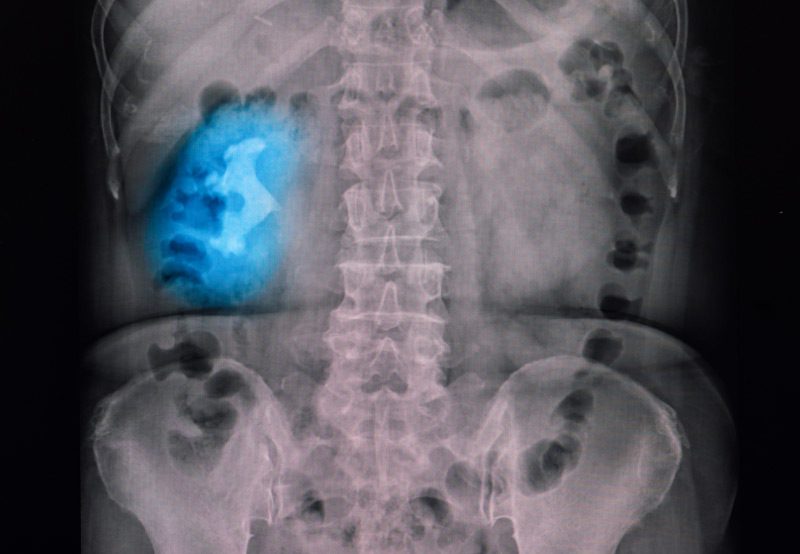

Complex stone disease refers to kidney or urinary tract stones that are large, recurrent, or located in challenging anatomical positions. These stones often require specialized management due to their size, number, location, or association with underlying medical conditions. Unlike simple stones, which may pass spontaneously or respond to conservative treatment, complex stones typically need advanced surgical or procedural intervention.
Symptoms of Complex Stone Disease
Many of the symptoms are similar to those of general kidney stones, but they may be more severe or persistent. Patients may experience:
- Flank pain or lower abdominal pain that comes and goes in waves
- Hematuria (blood in the urine)
- Recurrent urinary tract infections (UTIs)
- Difficulty or pain during urination
- Nausea or vomiting
- Reduced kidney function in chronic or bilateral cases
Complex stones can remain asymptomatic for long periods and may only be discovered through imaging or evaluation for other conditions.

Causes and Risk Factors
Stone formation occurs when minerals in the urine crystallize and clump together. Complex stone disease may result from:
- Staghorn calculi: Large branching stones that occupy the renal pelvis and calyces
- Cystinuria or hyperoxaluria: Genetic disorders that lead to abnormal stone-forming substances in urine
- Recurrent infections: Particularly with urease-producing bacteria that raise urine pH
- Anatomical abnormalities: Such as horseshoe kidneys or ureteropelvic junction obstruction
- Metabolic disorders: Including hyperparathyroidism or gout
- Previous surgeries or interventions: Which may alter urinary flow dynamics
Diagnosis
Proper diagnosis requires comprehensive evaluation to understand the type, location, and underlying cause of the stone(s). This may include:
- CT Scan (Non-Contrast): The most sensitive imaging tool for visualizing stone burden
- Ultrasound: Helpful in evaluating obstruction and renal anatomy
- 24-Hour Urine Collection: To assess metabolic contributors
- Stone Analysis: To identify composition and guide preventive treatment
- Blood Tests: Including kidney function, calcium, phosphate, and uric acid levels
Treatment Options
Management of complex stones is highly individualized and may involve one or more of the following:
- Percutaneous Nephrolithotomy (PCNL): First-line treatment for large or staghorn stones, involving the removal of stones via a small incision in the back
- Ureteroscopy with Laser Lithotripsy: Used for stones in the ureter or renal pelvis
- Extracorporeal Shock Wave Lithotripsy (ESWL): May be considered for select patients, but less effective for large or multiple stones
- Open or Robotic-Assisted Surgery: Reserved for rare cases where minimally invasive approaches are not feasible
- Antibiotic Therapy: If stones are infection-related
- Metabolic Management: Ongoing care to prevent recurrence based on stone type and underlying risk factors
Next Steps
Patients with complex stone disease require evaluation at a center experienced in advanced stone management. Early intervention helps preserve kidney function and prevent complications like infection or obstruction. If you’ve had multiple stones, large stones, or stones resistant to standard treatments, a urologist can help develop a comprehensive plan tailored to your needs.
